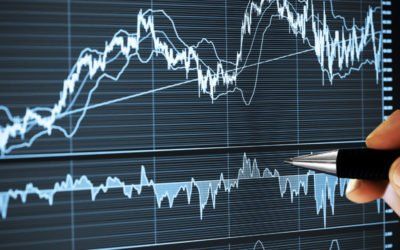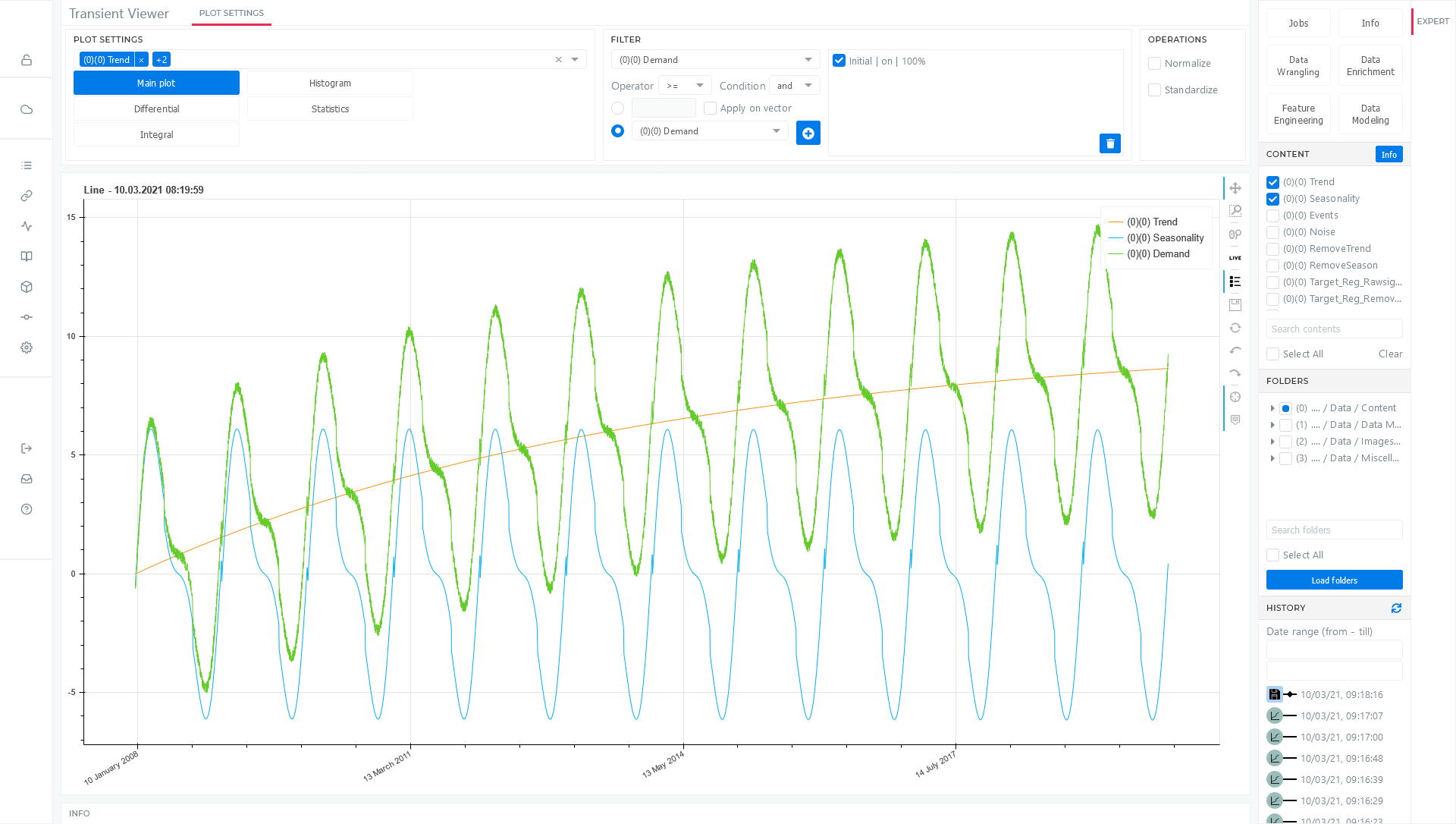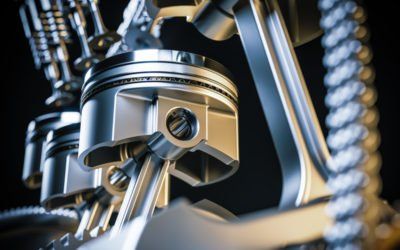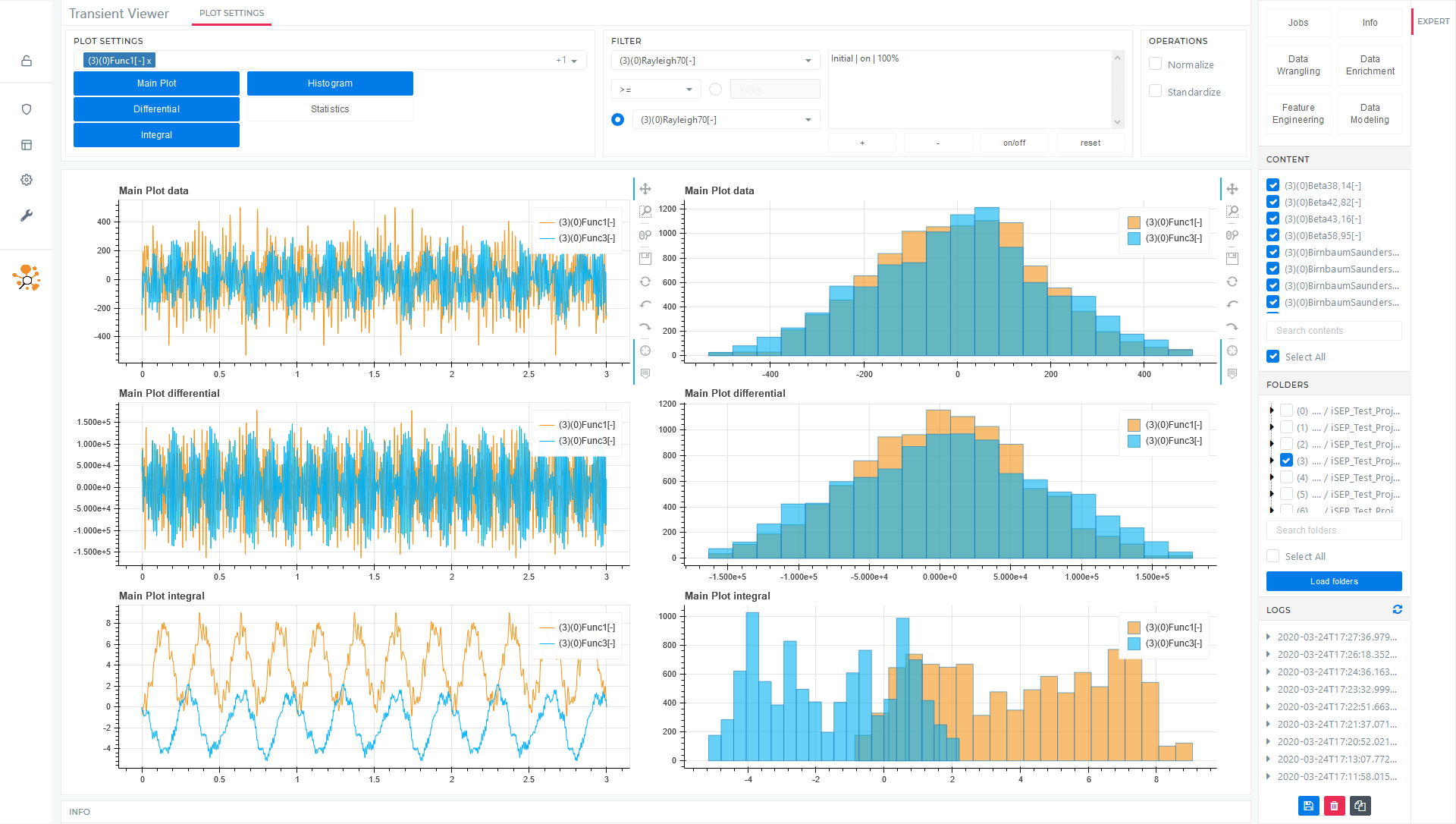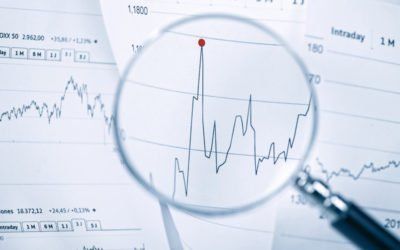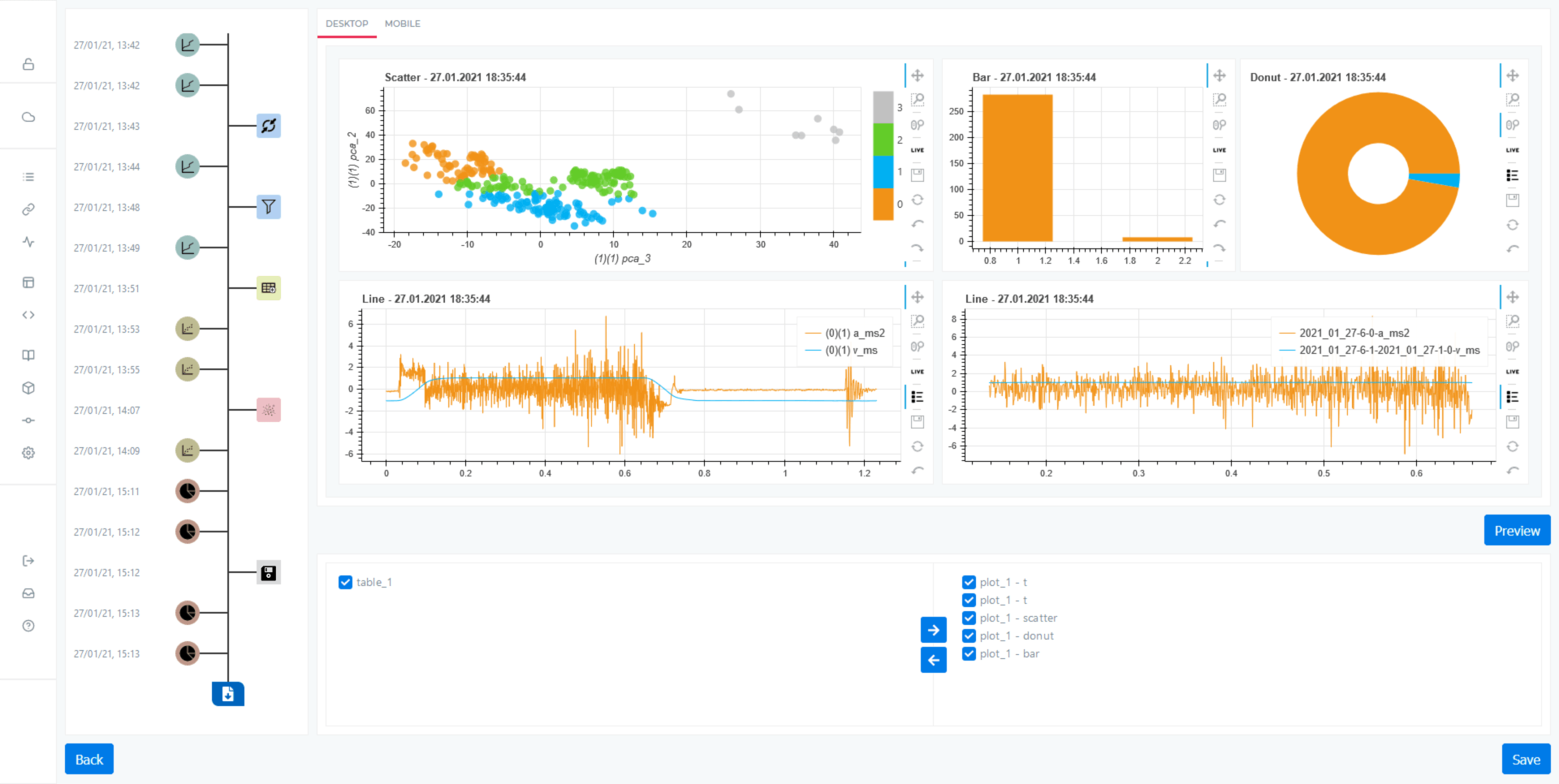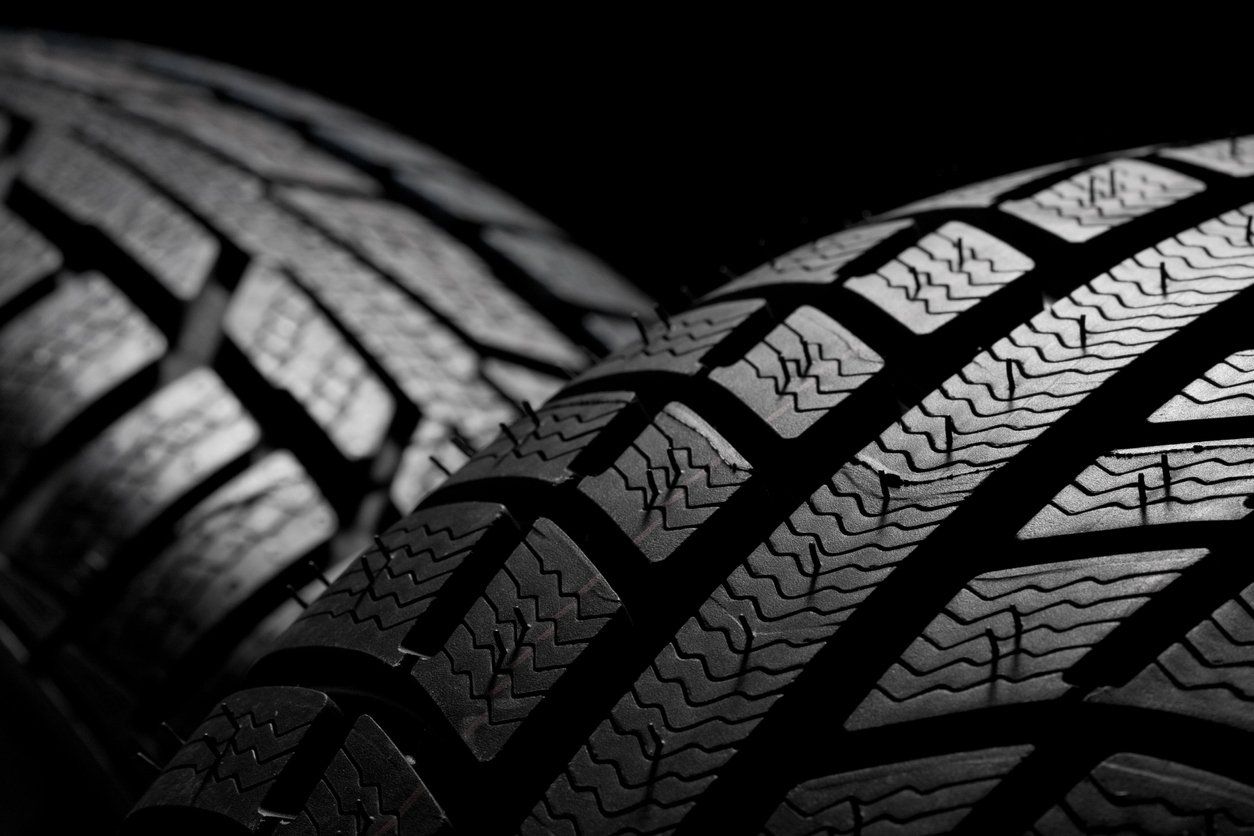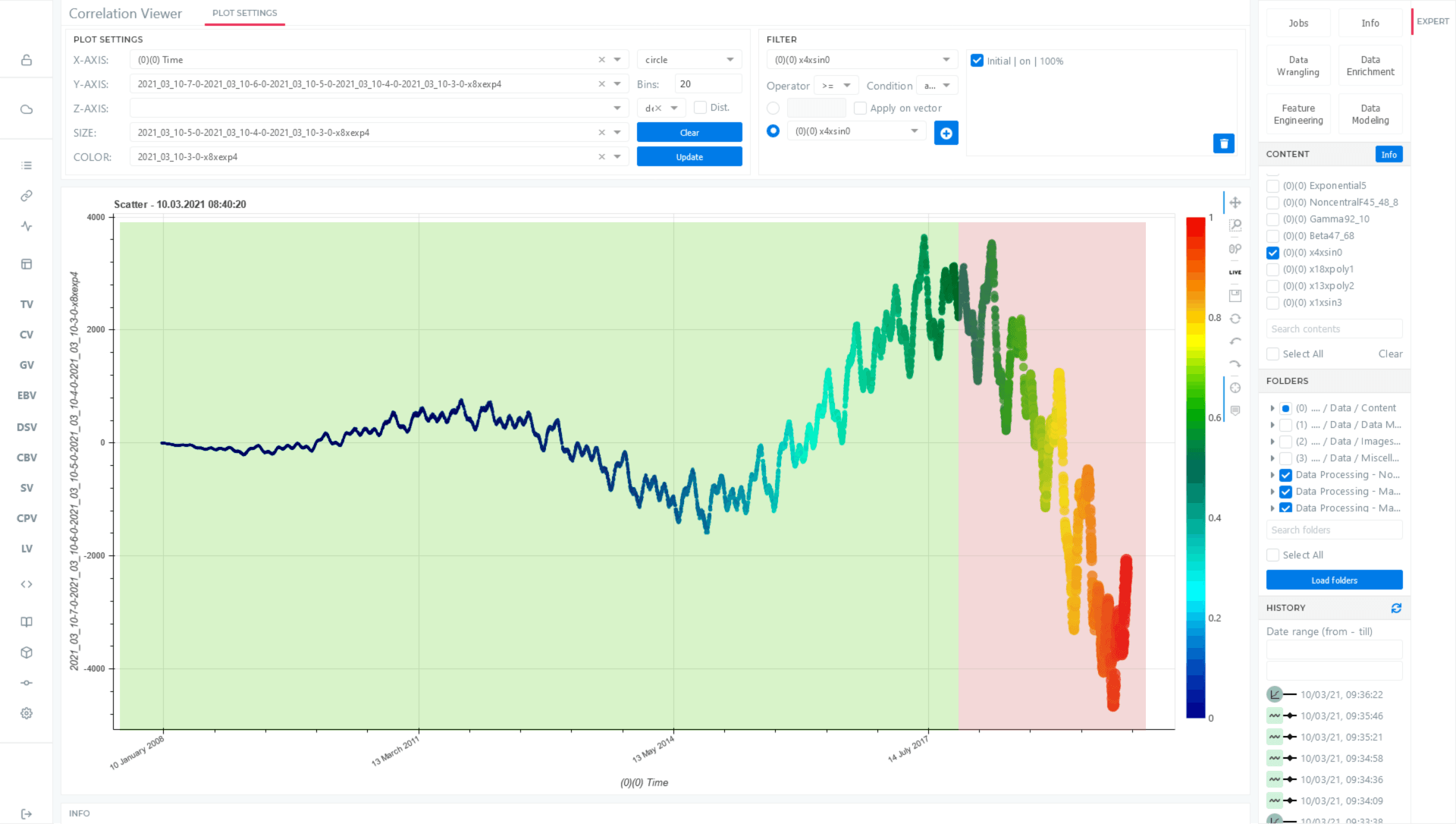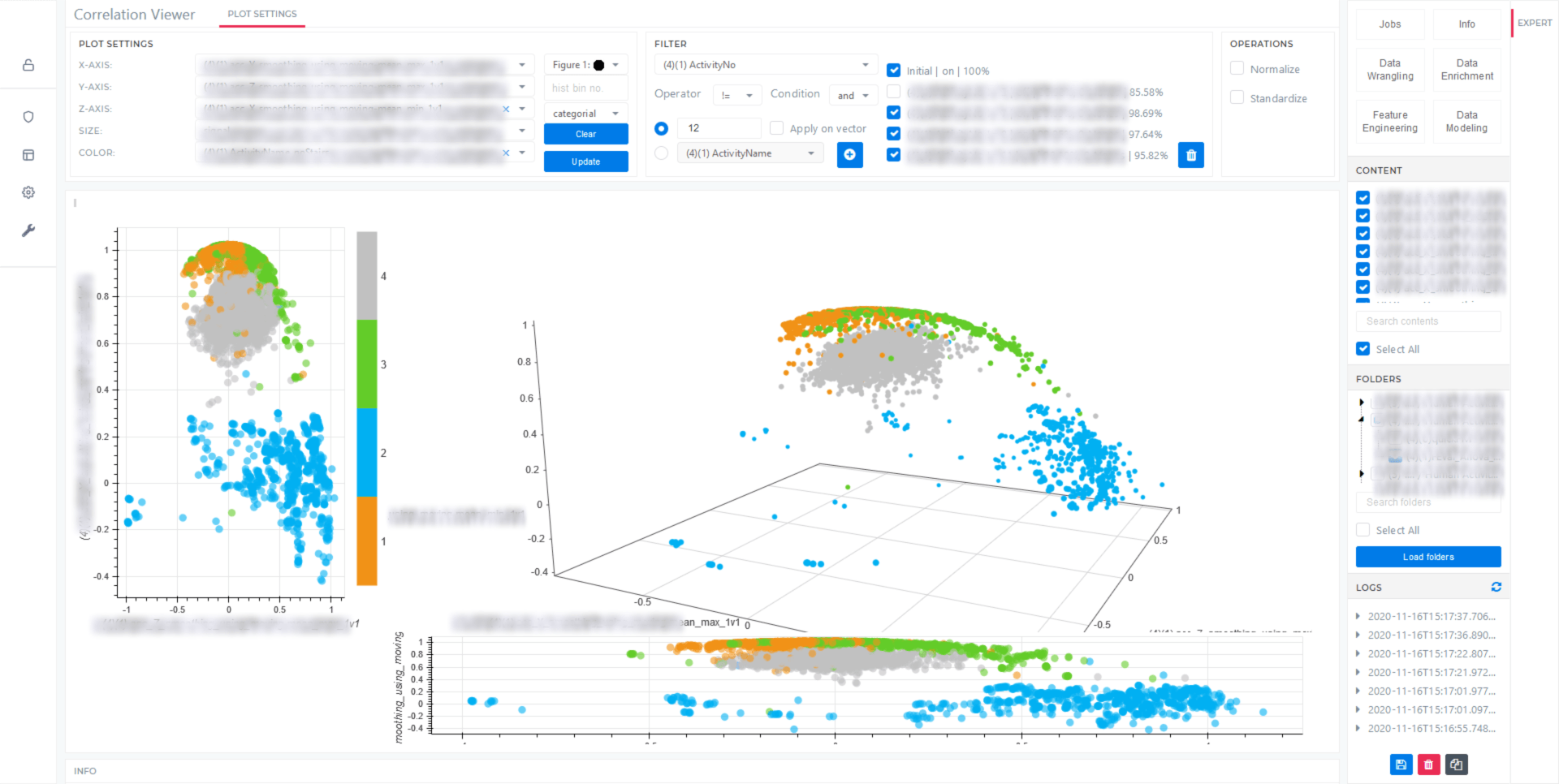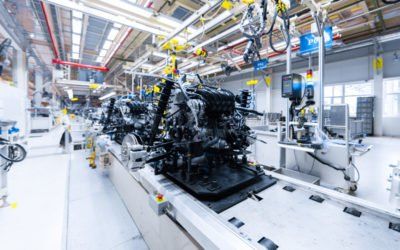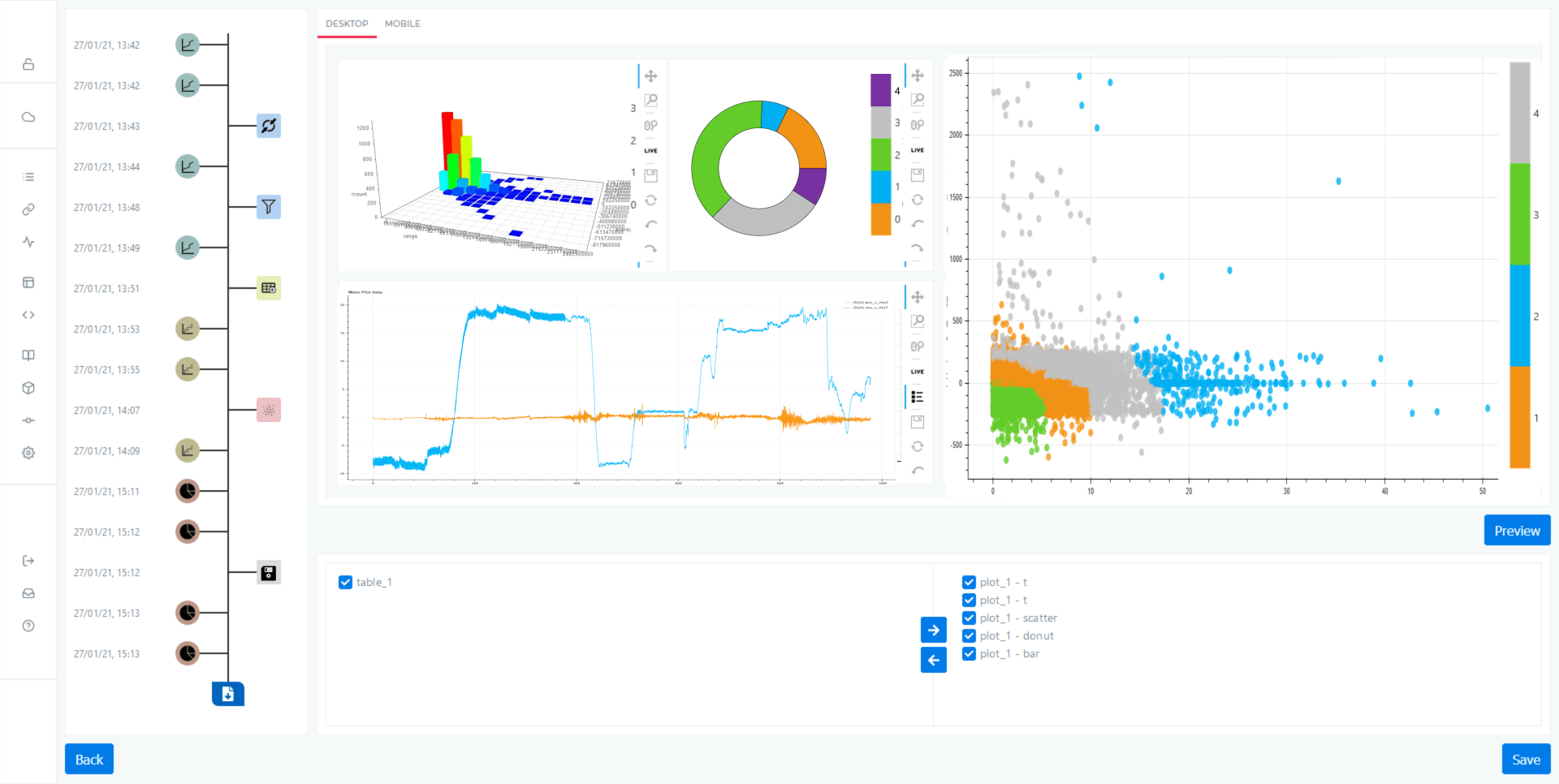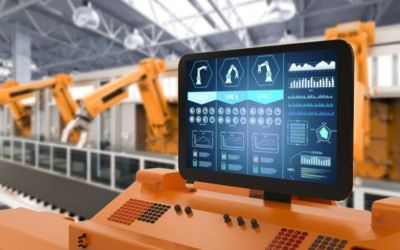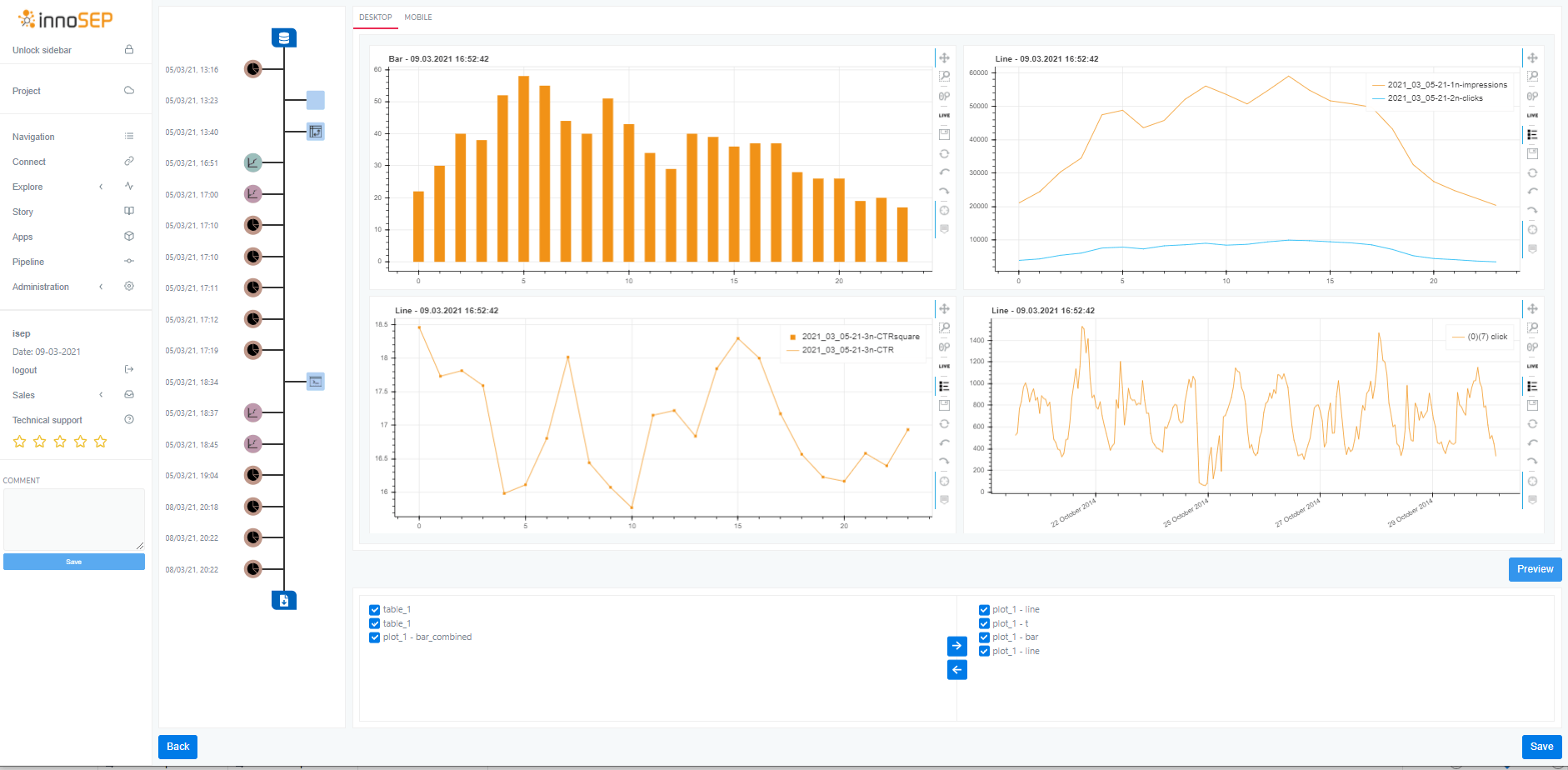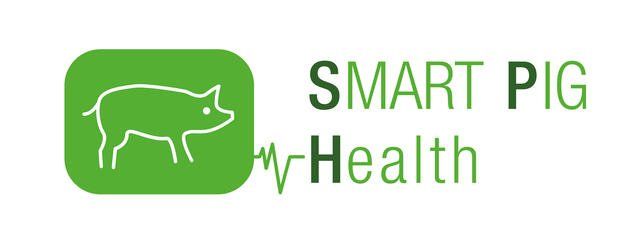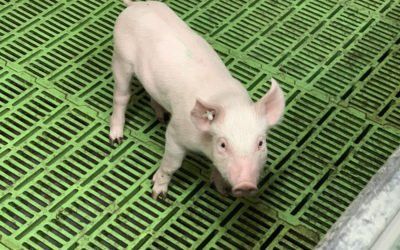Demand Forecasting in Production Planning
Joint Vision
Production planning is a key mechanism in most manufacturing companies to ensure efficient production according to the customer and organizational needs. In this regard, multiple challenges are faced, such as high manufacturing cost, urgent priority ambiguities, considerable delays in delivery times, or unflexible scheduling plans.
In general, all the issues are related to the uncertainty and complexity of the operations. Indeed, the difficulty is to deal with unreliabilities in internal processes or external deliveries. The company should avoid any over or understock problems depending on the seasonal demand, control a high customer service level, and overcome any unexpected circumstances in the market.
The task is to indicate future trends in demand for manufactured products.
Solution
In the demand forecasting solution, the main goal is to apply predictive analytics algorithms to predict the optimal order quantity on a weekly or monthly basis, in order to provide a suitable amount of safety stock. The exploited information covers basically the customer's order history enriched with several macro-economic indicators.
The solution is built via innoSEP AI platform going from data exploration, predictive analytics, model deployment to results visualization. The domain expert is able to observe the specifications of each product group, track the significant customer demand insights or patterns, and especially follow the accurate recommended forecasts which help to derive better decisions.
Applying demand forecasting delivers a considerable added-value in terms of customer satisfaction, on-time delivery, and inventory accuracy.
Hardware Resource Prediction
Joint Vision
Different technologies and software are used to design and test manufactured products in many types of disciplines (mechanical, electrical, or controls systems). Engineers apply these numerical simulations, specifically, non-linear analysis, to design products with high quality, optimal cost, and in a limited time.
In this context, the main challenge is the computational complexity and the high required resources. So, the critical problem is the management and allocation of simulation jobs in an efficient way. Face to all these constraints, the task is to classify the model jobs and estimate the corresponding required time depending on the model configurations and hardware specifications.
Solution
The main objective of the hardware resource prediction solution (“AI-Mulation”) is to guarantee a balance between three primordial aspects: time, quality, and cost. The used information includes the detailed simulation jobs history from a software company.
The solution is offered to the operator in a form of a guidance application. More specifically, the engineer is able, via a dashboard, to see the depicted correlations, to track the list of the current tasks, to compare it with the recommended strategies, and to distribute new operations to the corresponding instances.
This assignment process is done based on accurate predictions of the computational load depending on the defined model configurations and the required resource characteristics. The overall performance is improved due to enhanced hardware resource utilization, automatized prediction, and efficient allocation.
Virtual Product Assessment
Joint Vision
The automotive industry makes use of various advanced modeling procedures, high-performance components engineering, and simulation tools. The crucial challenges faced in the virtual product development are related to durability uncertainty and overengineering.
An optimal analysis should be introduced in order to avoid a product with unnecessary complexity or inefficient design. Besides, it's needed to ensure components with durable materials and low maintenance cost. In other words, to develop a robust product in terms of all levels, a benchmarking of different scenarios is needed.
The task is to investigate the correlation between different characteristics of a component in multiple simulated tests and to estimate its durability.
Solution
The virtual product assessment solution can be described as a decision-support system for component-responsible engineers to enhance product development using AI and engineering-based methods. The operated knowledge is based generally on development data (simulation, testing, etc.), knowledge-based systems, and field process data.
Therefore, the model learns all this information and takes profit from it to predict the damage. Noting that all the steps are done in a self-service aspect and no code requirement.
In this way, the engineer takes easily advantage of AI methods and decides which product to develop based on accurate damage prediction.
Consequently, the solution reduces testing and simulation effort and maintains shorter Time-To-Market (TTM) cycles.
Anomaly Detection in Quality Testing
Joint Vision
During the manufacturing process, the overall functionality of the product is tested at the End-of-line (EoL). The test systems are established in order to avoid a high level of returns and an expensive time-cost. They simulate different relevant conditions to verify the quality and the sustainability of the equipment. Due to the difference in a real-world environment, this indicated mechanism is often characterized by uncertainties about the detection of quality and performance deficits.
Despite all these unreliabilities, the goal is to scale down the return rate and anticipate problems. Then, the crucial task is to detect anomalies autonomously within the quality test process.
Solution
The anomaly detection in quality testing solution aims essentially to reduce the return rate for an electrical automation provider. The used data is the resulting signals from test simulations under different configurations.
Through innoSEP AI platform, regular statistical distribution studies can be conducted smoothly. This leads to understanding the correlations and identifying the root causes for a high percentage of return. Besides, the concerned domain expert can make use of the deployed clustering models without the need of programming skills. The specifications of detected anomalies and outliers serve to define quality standards and prevent the delivery of low-grade components.
Machine Control during high-speed tire testing
Joint Vision
The tire testing procedure is indispensable to meet the standard requirements and determine their influence on the ride. In tire manufacturing and tire testing labs, endurance/ high-speed test machines are used to conduct this process. Multiple protocols are applied at this level in order to determine how the tire will react and check the performance under different conditions. The crucial challenge is the stoppage of high-speed test machines point on time and before any damage or even probable tire explosion.
The task is to build a system able to control the machine efficiently while tests of various types of tires are running.
Solution
The AI-supported system for machine control during high-speed tire testing solution provides the full AI pipeline: basically, from sensor data flow to preprocessed data, from extracted features to trained AI models, and from predicted outcome to running decision support App.
The used data combines sensor signals and test parameters. A set of specific features is derived to resume informative representation and ensure better human interpretation.
Depending on the tire type and test configurations (speed, force, etc.), the probable damage is predicted in real-time while the running test.
The system offers the Expert a general overview of the running mechanism and guides him to take actions to either run or stop the machine. The outcome prevents the probable destructions, reduces the rupture risk, and accelerates the process.
Browser behavior analytics
Joint Vision
Online real estate marketplace companies offer and publish housing estates for sale or rent. In general, buyers are interested and attracted to internet real estate due to its accessibility and its range of properties available.
The crucial challenge in this concept is how to benefit from the large exposure and build a structured communication map. To optimize the remarketing process and make efficient advertising, the browser behavior need to be analyzed. So, all the stateful information is stored while a user is browsing the real estate website. Then, the task is to investigate customers' interests, understand their activities and segment them into groups based on common characteristics.
Solution
The browser behavior analytics solution is established to manage more efficient marketing and sales. The studied data is related to cookie and session information collected through different browsers.
Valuable features are built out of these site user activities and combined with expert knowledge, to determine the buyer interest rate. Therefore, multiple models are trained and deployed to define customer groups and discover what makes them powerfully concerned. Also, a modular dashboard presents all the relevant patterns, guided instructions, and the list of user groups. In consequence, the sales and marketing manager can take better actions, prioritize, contact the appropriate customers, and propose precise offers.
Predictive Quality in Production
Joint Vision
One of the major manufacturing mechanisms is process capability and quality. A combination of tools and statistical methods is applied to ensure an efficient process. Engineers monitor the variability and compare the output of an in-control process to the specification limits based on capability indices such as the process performance capability index (Cpk).
Generally, an overall examination is required where several monitoring charts and diagrams are synchronized and easy to understand. The crucial difficulty comes in when data sources are different or unrelated. Thus, the task is to construct a visual-centric workflow resulting in a performance increase and a stable production.
Solution
The Simultaneous CPk Monitoring solution in production and manufacture aims to increase the process quality and stability. The suggested technology can be described as an end-to-end pipeline: from data flow to data synchronization of different unrelated sources, from capability indices extraction to statistical description, and from correlation assessment to running decision support app.
The responsible engineer can detect, characterize and depict the correlation between process anomalies with quality of components based on both input, process, and output indicators. Consequently, he is guided to modify process parameters in order to avoid process downtime and reduce quality deficits.
Predictive Maintenance
Joint Vision
Nowadays, connectivity, data generation, and advanced records are increased in industrial manufactures. The crucial key is how to capitalize the full data power. Especially that these production cycles are not very efficient, the major challenges include unplanned downtime, unexpected failures, and aging infrastructure.
Predictive maintenance interferes with handling the degraded performance and avoids huge support costs. Accordingly, these techniques are designed to help determine the condition of in-service equipment, in particular, to estimate when maintenance should be performed. The task is to anticipate the failure via AI models, predict the end-of-life product, and recommend reliable actions for the benefit of business cost.
Solution
In predictive maintenance solution, for enhanced operational efficiency, the main objective is to estimate the optimal Remaining Useful Life (RUL). The aforementioned one is defined as the length of time a machine is likely to operate before it requires repair or replacement.The available information includes long-term historical data of similar machines to the one underdiagnosed and transient sensor data.
The resulting system is based on physical multi-domain modeling and damage characteristics analysis. Appropriately, the operator can monitor the knowledge-discovery about damage characteristics and system behavior—also, the continuous Remaining Useful Life (RUL) estimations of in-service components. The outcome has eventually considerable benefit in terms of overall availability proved through the maintenance recommendation.
Health Condition Monitoring
Smart Pig Health
Leveraging digitised sensors and prediction models to predict diseases among pigs early on and providing transparent information to all stakeholders.
Pig health and animal welfare are inextricably linked with the use of antibiotics and are of growing importance for society and farmers alike. Therefore, this Flagship Innovation Experiment (FIE) employs a holistic approach to improve pig health while reducing Antimicrobial Resistance (AMR). To reach this objective all relevant stakeholders in the pig production sector are integrated to provide consumers with transparent information. The digitalisation of prediction models and sensor implementation enables a continuous health assessment through data analytics using self-developed algorithms based on machine learning and Artificial Intelligence (AI). Moreover, this predicts diseases and malconditions at an early stage, giving the farmer the ability to initiate the necessary countermeasures to keep their pigs healthy.
Research results indicate that criteria like humidity, temperature, noise, water and feed consumption significantly impact animal welfare. At the moment, however, those biological and economic parameters are not recorded or taken into account continuously. Consequently, this FIE addresses this strategic challenge to farmers and veterinarians while also addressing the societal concern of antibiotics use and pig health, through a sustainable ecosystem.



